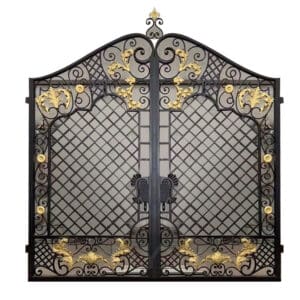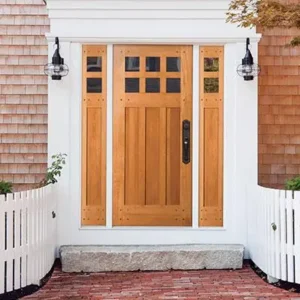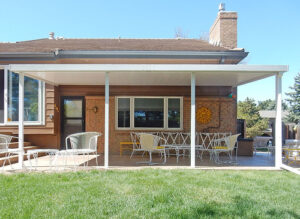
How to get custom aluminum doors?
How to get custom aluminum doors? Need sleek, durable entryways but overwhelmed by options? Custom aluminum doors range from $1,200-$8,000+ installed, with lead times of
Your front door is more than just an entryway; it’s the focal point of your home’s exterior, setting the tone for what visitors can expect inside. One of the key elements that can elevate your front door’s appearance is the trim. The right exterior door trim not only enhances your door’s beauty but also complements your home’s architectural style. But with so many options available, how do you choose the perfect trim? In this guide, we’ll walk you through the process of matching exterior door trim with your home’s architectural style.

Before diving into trim options, it’s essential to identify your home’s architectural style. Each style has its own distinct features and characteristics that should guide your trim selection. Here are some of the most common architectural styles and their key attributes:
Once you’ve identified your home’s style, it’s time to select a trim that complements it. Here’s how to match your trim to various architectural styles:
Colonial homes benefit from traditional, simple trim designs that emphasize symmetry. Opt for wide, flat trims with minimal decoration. A classic white trim often works best, especially when paired with a dark-colored door. You can also add a decorative pediment above the door for a more formal look.
Victorian homes are known for their elaborate and ornate details, so don’t be afraid to go bold with your door trim. Choose trims with intricate carvings, patterns, and layers. Scrollwork, dentil molding, and brackets are all excellent options. For color, you can experiment with contrasting shades to highlight the trim’s details.
Craftsman-style homes emphasize craftsmanship and natural materials. The exterior door trim should reflect this with simple, yet well-crafted designs. Wide, flat trims with exposed joinery are common. Use wood tones or earthy colors to maintain the natural look, and consider adding a decorative header or small awning above the door.
For modern and contemporary homes, less is more. Keep the trim sleek, clean, and minimalist. Narrow trims in neutral colors, such as black, white, or gray, work best. You may also opt for metal or other non-traditional materials to enhance the modern aesthetic. Avoid excessive ornamentation, and let the simplicity of the design shine.
Mediterranean homes often feature arched doorways and stucco exteriors. To complement this style, choose trim that accentuates the arch or adds a soft curve. Stone or tile trims are also popular choices, as they blend seamlessly with the stucco walls. Earthy tones, such as terracotta or sandy beige, are ideal for creating a warm, inviting entrance.
While the design of your trim is important, so is the material. Your exterior door trim will be exposed to the elements, so it’s crucial to choose a durable material that can withstand weathering. Here are some common materials to consider:
The color of your door trim should complement the overall color scheme of your home. While white and neutral colors are popular choices, don’t be afraid to experiment with bolder hues, especially if your home has a more eclectic or vibrant style. Ensure that the trim color enhances the architectural details and doesn’t clash with the surrounding elements.
Once you’ve selected the perfect trim, consider adding additional architectural elements to enhance your front entrance. These could include:

Matching your exterior door trim to your home’s architectural style is an opportunity to enhance curb appeal and create a cohesive look. By considering your home’s design, choosing the right materials, and paying attention to color and detail, you can create a welcoming entrance that reflects your personal style and stands the test of time. Whether you have a stately Colonial or a sleek modern home, the right trim can make all the difference in elevating your home’s exterior.

How to get custom aluminum doors? Need sleek, durable entryways but overwhelmed by options? Custom aluminum doors range from $1,200-$8,000+ installed, with lead times of

How to make custom door mats? Want personalized home entryways without $75+ retail markups? Crafting custom doormats costs just $15-$35 using accessible outdoor-grade materials like

How much do custom window screens cost? Frustrated by insects ruining your fresh air enjoyment? Custom window screens typically cost $50-$300 per unit installed –

What is the best type of wall covering? Tired of staring at dull walls but overwhelmed by options? The “best” wall covering depends entirely on

How to import better doors and windows from China? Want high-quality building products at 30-50% below local prices? Importing from China can save you thousands

Is it cheaper to build a pergola or buy one? Struggling to decide between DIY construction and pre-built pergolas? Building your own typically costs 40-60%